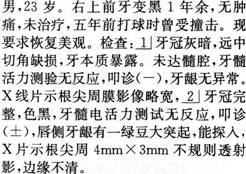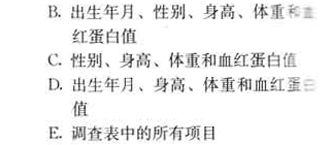共用题干
Germs(细菌)on Banknotes
People in different countries use different types of money:yuan in China,pesos in Mexico,pounds in the United Kingdom,dollars in the United States,Australia and New Zeal-and. They may use different currencies,but these countries,and probably all countries,still have one thing in______(1):germs on the banknotes.
Scientists have been studying the germs on money for well over 100 years. At the turn of the 20th______(2),some researchers began to suspect that germs living on money could spread disease.
Most studies of germy money have looked at the germs on the currency______(3)one country. In a new study,Frank Vriesekoop and other researchers compared the germ populations found on bills of different______(4).
Vriesekoop is a microbiologist at the University of Ballarat in Australia. He led the stud-y,which compared the germ populations found on money______(5)from 10 nations. The scientists studied 1,280 banknotes in total;all came from places where people buy food,like supermarkets,street vendors and cafes,______(6)those businesses often rely on cash.
Overall,the Australian dollars hosted the fewest live bacteria一no more than 10 per square centimeter. Chinese yuan had the______(7)about 100 per square centimeter. Most of the germs on money probably would not cause harm.
What we call“paper money”_________(8)isn't made from paper. The U. S. dollar,for ex- ample,is printed on fabric that is mostly cotton. Different countries may use different______(9)to print their money. Some of the currencies studied by Vriesekoop and his team,such as the American dollar,were made from cotton. Others were made from polymers.
The three______(10)with the lowest numbers of bacteria were all printed on poly-mers. They included the Australian dollar,the New Zealand dollar and some Mexican pesos.
The______(11)currencies were printed on fabric made mostly of cotton. Fewer germs lived on the polymer notes. This______(12)suggests that germs have a harder time staying alive on polymer surfaces. Scientists need to do more studies to understand______(13)germs live on, mon-ey—and whether or not we need to be concerned. Vriesekoop is now starting a study that will______(14)the amounts of time bacteria can stay alive on different types of bills.
Whatever Vriesekoop finds,the fact remains:Paper money______(15)germs. We should wash our hands after touching it;After all,you never know where your money's been. Or what's living on it.
2._________
A: period
B: year
C: century
D: decade


 正确的诊断是
正确的诊断是 查看材料
查看材料

